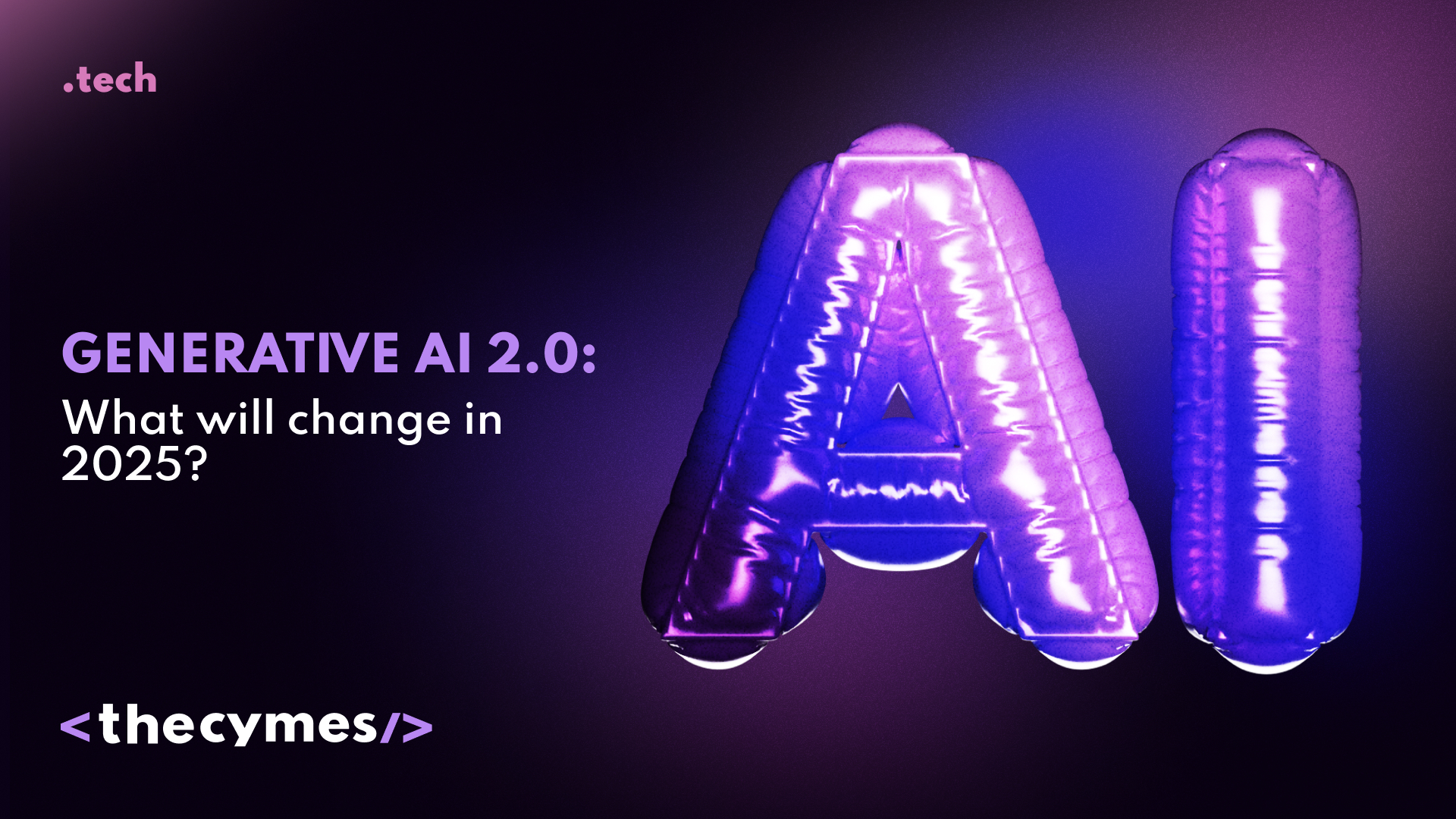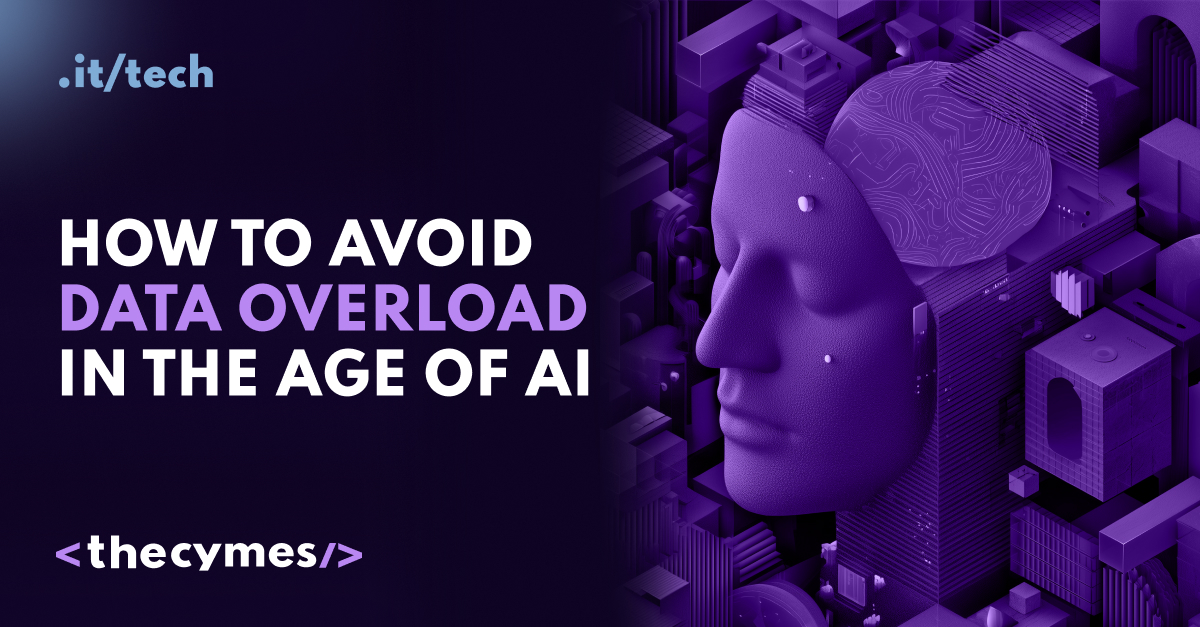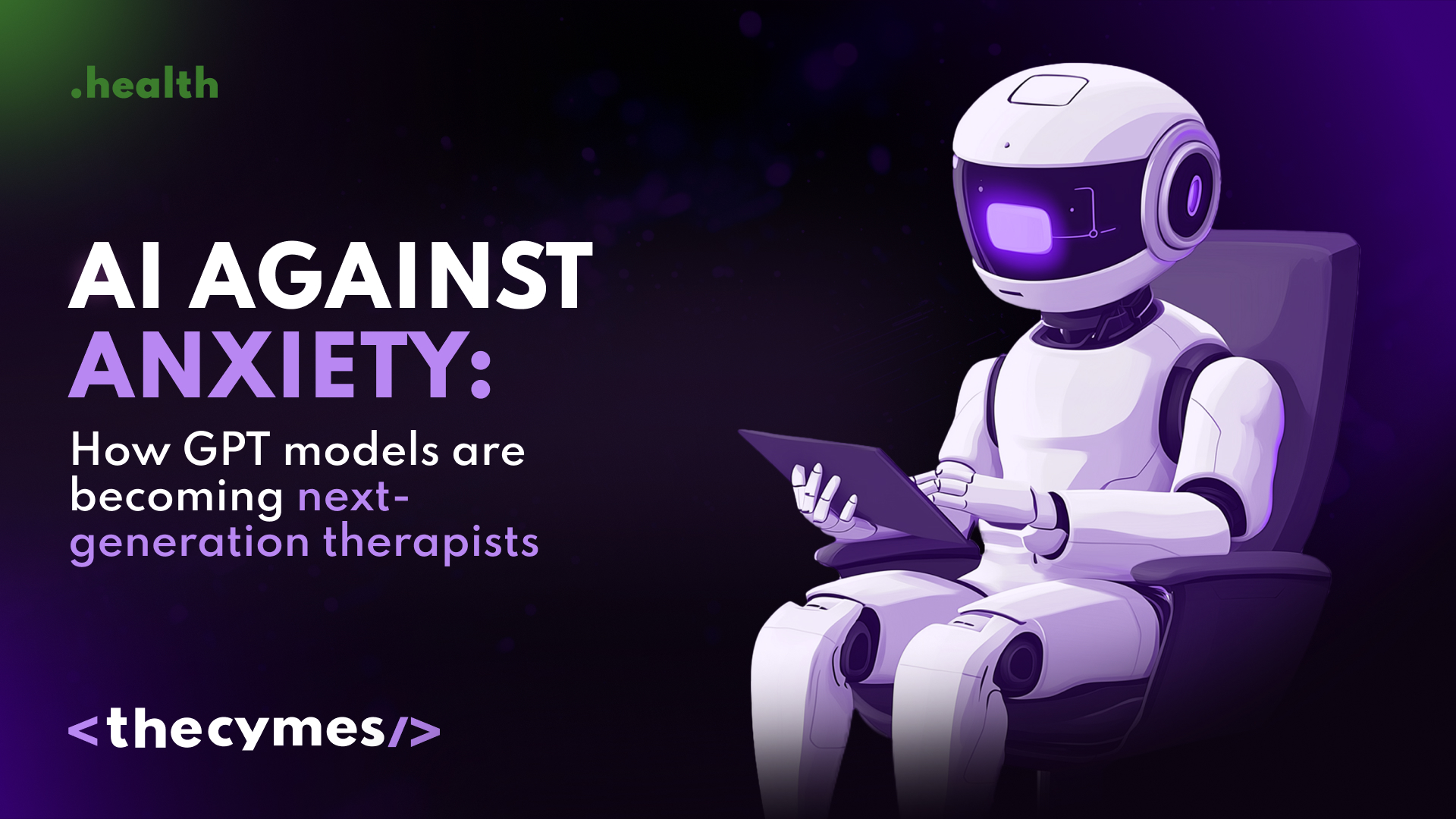Table of Content
Generative AI 2.0: what will change in 2025?
/>More about what will definitely change in our latest article!The future of generative AI: From awe to profit in 2025
Welcome to 2025, where the world of artificial intelligence (AI) is not just a buzzword—it's a game-changer. Remember when generative AI was the shiny new toy that left us in awe? Well, times have changed. Businesses are no longer just marveling at its possibilities; they’re rolling up their sleeves and figuring out how to turn those possibilities into profits.
A few years ago, companies were captivated by the dazzling capabilities of AI—like chatbots that can hold a conversation or art generators that create stunning visuals. Today, the conversation has shifted. Organizations are now asking: "How can we use this technology to help us grow and save money?" This is more than just a trend; it's a fundamental transformation in how companies think about and use AI to enhance their operations.
In this article, we’ll explore how generative AI is evolving from a source of fascination to a vital tool for driving profitability. From addressing energy challenges to creating specialized AI services, let’s dive into the exciting world of generative AI and discover what the future holds!
The rise of generative AI
Generative AI has become a game-changer in the tech world. For instance, Nvidia, a leader in AI technology, saw its market value skyrocket by a staggering 850%. This growth has prompted countries, including the United States, to localize chip production, ensuring they have the necessary infrastructure to support this technological revolution.
Analysts predict that the global market for large language models (LLMs) will soar to $61.74 billion by 2032, growing at a remarkable rate of 32.1% annually. This rapid expansion underscores the importance of generative AI as a driving force in various sectors, from healthcare to finance.
A shift in business mindset
With the lucrative potential of generative AI, a paradigm shift is underway. Venture capitalists are becoming more discerning, moving away from blindly funding startups simply because they mention AI in their pitches. Instead, top executives are now carefully evaluating the practical benefits of AI integration into their business processes.
The New Mission
By 2025, the mission of generative AI will no longer be about evoking awe but about driving profitability. Companies will focus on cost efficiency, aiming to minimize expenses while maximizing returns. This shift will lead to a more strategic approach to the adoption of AI technologies, fostering a landscape where only the most innovative and effective solutions thrive.
The Energy Dilemma
As generative AI continues to expand, the demand for computational power is skyrocketing. According to McKinsey, the need for data center capacity will grow by 19-22% annually until 2030. This surge in demand will cause energy consumption from data centers to leap from 60 GW to nearly 300 GW by the end of the decade. Consequently, about 40% of data centers involved in AI training may face operational limitations due to energy shortages by 2027.
Addressing Energy Needs
- Google: In partnership with Kairos Power, Google is building modular nuclear reactors to meet its energy needs.
- Nvidia: The company invested in startups that optimize GPU computing, reducing energy consumption.
Innovative business models
To address the dual challenges of computational power and energy shortages, new business models are emerging. One promising solution is the introduction of distributed computing platforms. These platforms allow owners of powerful computers to lease their resources to AI and machine learning developers.
Benefits of distributed computing
- Access to resources: Smaller companies can access the computational power they need without heavy investments.
- New revenue streams:Computer owners can monetize their idle resources.
Specialization in AI services
As we move further into 2025, the market for specialized AI services will flourish. Organizations will seek AI solutions tailored to specific industries and tasks rather than generic models. For instance, healthcare professionals may utilize AI assistants trained specifically on medical data to improve patient care.
Examples of Specialized AI
- Healthcare AI: An AI assistant could help doctors analyze patient symptoms and suggest treatments based on a database of medical knowledge.
- Educational AI: Personalized learning platforms that adapt to individual student needs, providing tailored educational resources.
The personal AI agent revolution
Another trend on the horizon is the rise of personal AI agents designed for individual users. These agents will be trained on personal data, enabling them to cater to the unique needs of their owners.
How personal AI agents work
Imagine a personal AI agent that helps a diabetic user order groceries. The AI remembers dietary restrictions and suggests suitable food items, ensuring the user stays healthy.
The supervisory layer
A supervisory AI could manage multiple personal agents, ensuring they work together efficiently and handle various tasks seamlessly.
Edge computing
As reliance on AI grows, so does the need for more efficient operational models. Traditional AI systems often depend on constant connectivity to cloud servers, leading to delays that can hinder performance, especially in critical situations.
Benefits of edge computing
- Local decision-making: Devices can operate independently, minimizing latency.
- Improved reliability: Essential systems, like medical devices, can function without cloud dependency.
The road ahead
The journey into 2025 presents both challenges and opportunities for businesses embracing generative AI. As technology continues to advance, organizations must be willing to adapt to new operational models and embrace innovative solutions to stay competitive.
Key takeaways
- Focus on profitability: Businesses must prioritize cost-efficient AI solutions that deliver tangible benefits.
- Invest in energy solutions: Companies should explore sustainable energy options to support growing AI demands.
- Embrace specialization: Tailored AI solutions will become essential for specific industries.
Final thoughts
In the next few years, generative AI will go from being a futuristic concept to an everyday tool that truly changes how businesses operate. It won’t just be about experimenting with AI—it’ll be about using it to solve real problems, boost efficiency, and create new opportunities.
For companies, this isn’t just about keeping up with trends—it’s about staying ahead. Those who embrace AI in a smart, meaningful way won’t just survive in the digital age; they’ll thrive, unlocking new possibilities and redefining what’s possible in their industries.



